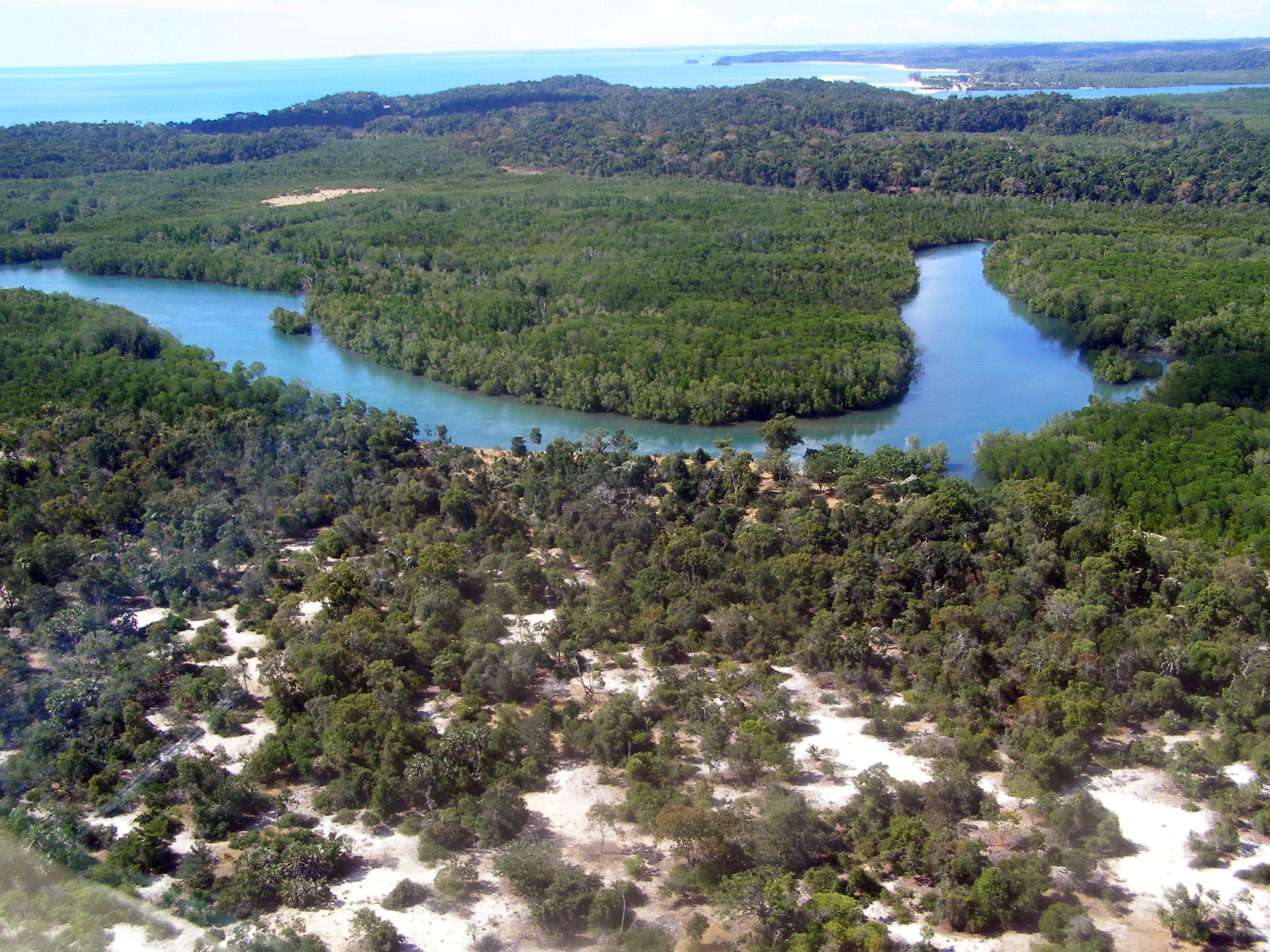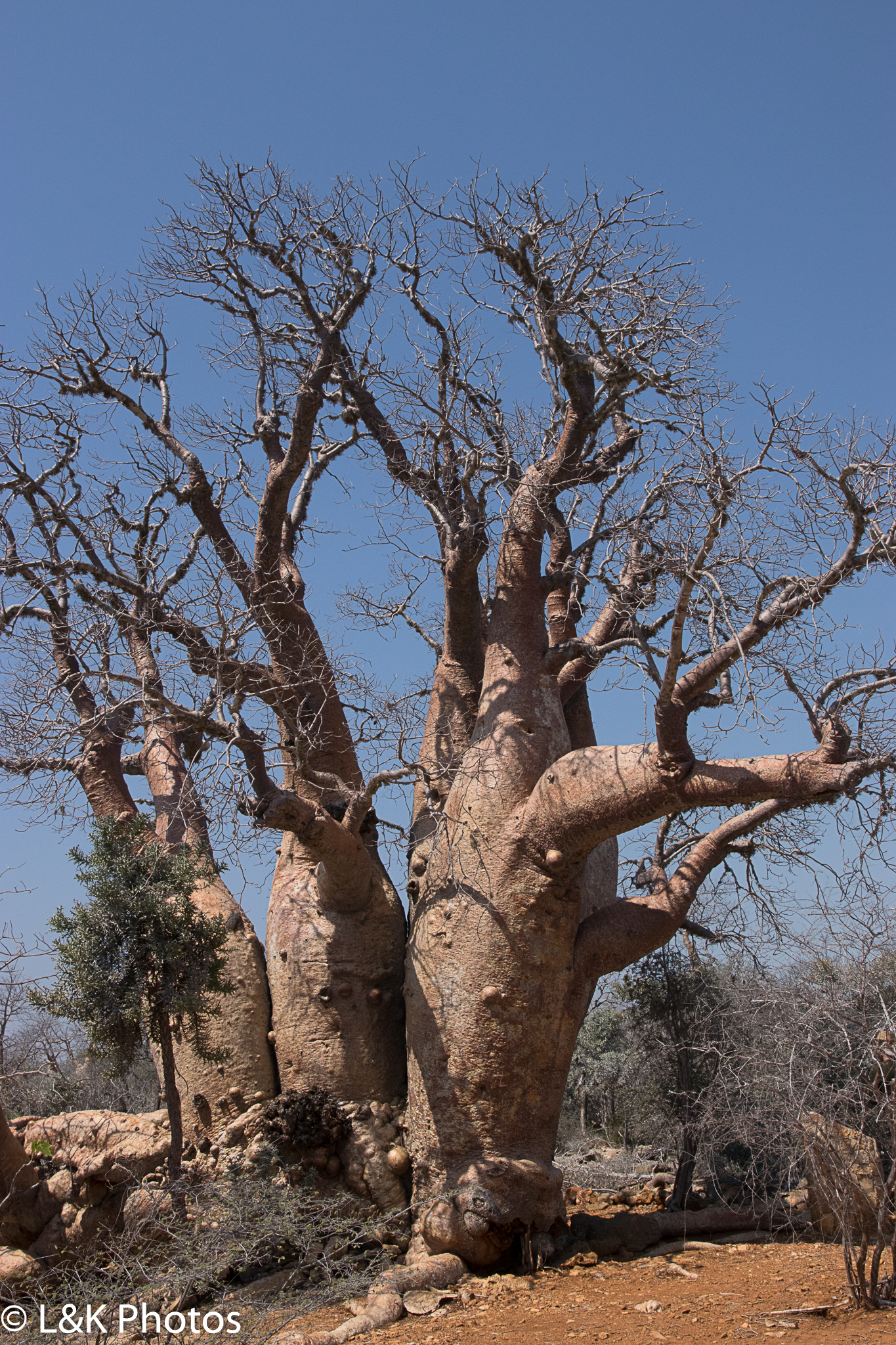|
Adansonia Rubrostipa
''Adansonia rubrostipa'', commonly known as fony baobab, is a deciduous tree in the Malvaceae family. Of eight species of baobab currently recognized, six are indigenous to Madagascar, including fony baobab. It is endemic to western Madagascar, found in Baie de Baly National Park, south. It is associated with well-drained soils and is found in dry and spiny forests. It occurs in the following protected areas: Amoron'i Onilahy, Baie de Baly, Menabe Antimena, Mikea, Namoroka, Ranobe PK 32, Tsimanampesotse, Tsimembo Manambolomaty, Tsinjoriake (La Table/St Augustin). Fony baobab is the smallest of the baobabs, easily identified by its distinctive reddish bark. It is usually bottle-shaped and has toothed leaves and round fruit. It was first described by H.Perrier de la Bathie in 1909. Description General This is a small to large deciduous tree tall with reddish brown, peeling bark. The trunk is usually a distinctive bottle shape. Main branches are often horizontal, then curving up ... [...More Info...] [...Related Items...] OR: [Wikipedia] [Google] [Baidu] |
Anjajavy Forest
The Anjajavy's Protected area, Protected Area is located on a peninsula of the town of Antonibe, in the Analalava District, district of Analalava and in the north-west region of Madagascar. It is part of the Sofia region of the independent province of Mahajanga Province, Mahajanga and its position is between 47°13’ at 44°22’ of longitude east and 14°58 at 15°07’ of latitude south.. It can be accessed by an unpaved provincial road from Antonibe and Anjiamangirana I (Route nationale 6 (Madagascar), RN 6). Anjajavy's Protected Area is an element of the Madagascar dry deciduous forests situated on the Indian Ocean of northwest Madagascar. The Anjajavy Forest surrounds the village of Anjajavy and provides a habitat for many rare species, rare and endangered species.Nick Garbutt, C. Michael Hogan, Hilton Hastings, Wendy Pollecutt, Tahiana Andriaharimalala, ''Anjajavy, the village and the forest'', Lumina Technologies, May 12, 2006 It covers roughly fifty square kilometres, and ... [...More Info...] [...Related Items...] OR: [Wikipedia] [Google] [Baidu] |
Madagascar Spiny Thickets
The Madagascar spiny forests (also known as the Madagascar spiny thickets) is an ecoregion in the southwest of Madagascar. The vegetation type is found on poor substrates with low, erratic winter rainfall. The ecoregion contains an outstanding proportion of endemic plant species and is listed as one of the 200 most important ecological regions in the world; one of the Global 200. Flora This is the area with the highest level of plant endemism in Madagascar, with 48% of the genera and 95% of the species endemic.Elmqvist T, Pyyko ̈nen M, Tengo ̈M, Rakotondrasoa F, Rabakonandrianina E, et al (2007) Patterns of Loss and Regeneration of Tropical DryForest in Madagascar: The Social Institutional Context. PLoS ONE 2(5): e402. doi:10.1371 Many constituent plants show extreme adaptations to drought. Spiny plants of the endemic subfamily Didiereoideae form a conspicuous component, especially towards the east. They are woody but distantly related to the cacti. The remaining component of ... [...More Info...] [...Related Items...] OR: [Wikipedia] [Google] [Baidu] |
Endemic Flora Of Madagascar
Endemism is the state of a species being found only in a single defined geographic location, such as an island, state, nation, country or other defined zone; organisms that are indigenous to a place are not endemic to it if they are also found elsewhere. For example, the Cape sugarbird is found exclusively in southwestern South Africa and is therefore said to be ''endemic'' to that particular part of the world. An endemic species can also be referred to as an ''endemism'' or, in scientific literature, as an ''endemite''. Similarly, many species found in the Western ghats of India are examples of endemism. Endemism is an important concept in conservation biology Conservation biology is the study of the conservation of nature and of Earth's biodiversity with the aim of protecting species, their habitats, and ecosystems from excessive rates of extinction and the erosion of biotic interactions. It is an i ... for measuring biodiversity in a particular place and evaluating t ... [...More Info...] [...Related Items...] OR: [Wikipedia] [Google] [Baidu] |
Adansonia
''Adansonia'' is a genus of medium-to-large deciduous trees known as baobabs ( or ). The eight species of ''Adansonia'' are native to Africa, Australia, and Madagascar but have also been introduced to other regions of the world, including Barbados, where several of the baobabs there are suspected to have originated from Africa. Other baobabs have been introduced to Asia. A genomic and ecological analysis further suggests that the genus itself originated from Madagascar. The generic name ''Adansonia'' honours Michel Adanson, the French naturalist and explorer who provided the first detailed botanical description and illustrations of ''Adansonia digitata''. The baobab, however, is also known as the "upside down tree," a name attributable to the trees' overall appearance and historical myths. Baobabs are among the most long-lived of vascular plants and have large flowers that are reproductive for a maximum of 15 hours. The flowers open around dusk with sufficiently rapid moveme ... [...More Info...] [...Related Items...] OR: [Wikipedia] [Google] [Baidu] |
Karst Topography
Karst () is a topography formed from the dissolution of soluble carbonate rocks such as limestone and Dolomite (rock), dolomite. It is characterized by features like poljes above and drainage systems with sinkholes and caves underground. There is some evidence that karst may occur in more weathering-resistant rocks such as quartzite given the right conditions. Subterranean drainage may limit surface water, with few to no rivers or lakes. In regions where the dissolved bedrock is covered (perhaps by debris) or confined by one or more superimposed non-soluble rock strata, distinctive karst features may occur only at subsurface levels and can be totally missing above ground. The study of ''paleokarst'' (buried karst in the stratigraphic column) is important in petroleum geology because as much as 50% of the world's Oil and gas reserves and resource quantification, hydrocarbon reserves are hosted in carbonate rock, and much of this is found in porous karst systems. Etymology ... [...More Info...] [...Related Items...] OR: [Wikipedia] [Google] [Baidu] |
Adansonia Madagascariensis
''Adansonia madagascariensis'' or Madagascar baobab is a small to large deciduous tree in the family Malvaceae. It is one of six species of baobab endemic to Madagascar, where it occurs in the Madagascar dry deciduous forests. Description This is a tree that grows from to tall with a bottle-shaped to cylindrical trunk and irregular crown.Baum, D.A., 1995, A Systematic Revision of Adansonia (Bombacaceae). Annals of the Missouri Botanical Garden, 1995, Vol. 82, No. 3 (1995), pp. 440-471 The bark is a smooth, pale gray. Leaves are palmate with 5 to 7 leaflets and are present from November to April. Flowers are produced February to April, with the leaves, and are large and fragrant with dark red (rarely yellow) petals. In the centre of the flower is a red stigma atop a dark red style. Flowers open at dusk, are finished blooming by dawn and are pollinated by long-tongued hawkmoths. Fruits ripen by November. They have a tough, thick shell, are rounded and usually less than long; sm ... [...More Info...] [...Related Items...] OR: [Wikipedia] [Google] [Baidu] |
Tsimanampetsotse National Park
Tsimanampetsotsa National Park also spelt Tsimanampetsotse, and known as Tsimanampetsotsa Nature Reserve is a 432 km2 national park on the south-west coast of Madagascar in the region Atsimo-Andrefana. The park is south of Toliara and south of the capital, Antananarivo. Route Nationales (RN) 10 to Faux Cap passes the park and the nearest airport is at Toliara. The national park contains and is named after Lake Tsimanampetsotsa. History and Significance Tsimanampetsotsa National Park encompasses the westernmost escarpment of the limestone Mahafaly Plateau. It was first protected in 1927 for its endemic flora and fauna and became a national park in 1966. It is within the Madagascar spiny forests or "spiny desert" of southern Madagascar, a globally distinctive ecoregion. This is the area with the highest level of plant endemism in Madagascar, with 48% of the genera and 95% of the species endemicElmqvist T, Pyyko ̈nen M, Tengo ̈M, Rakotondrasoa F, Rabakonandrianina E, et al (2 ... [...More Info...] [...Related Items...] OR: [Wikipedia] [Google] [Baidu] |
Fony Baobab
''Adansonia rubrostipa'', commonly known as fony baobab, is a deciduous tree in the Malvaceae family. Of eight species of baobab currently recognized, six are indigenous to Madagascar, including fony baobab. It is endemic to western Madagascar, found in Baie de Baly National Park, south. It is associated with well-drained soils and is found in dry and spiny forests. It occurs in the following protected areas: Amoron'i Onilahy, Baie de Baly, Menabe Antimena, Mikea, Namoroka, Ranobe PK 32, Tsimanampesotse, Tsimembo Manambolomaty, Tsinjoriake (La Table/St Augustin). Fony baobab is the smallest of the baobabs, easily identified by its distinctive reddish bark. It is usually bottle-shaped and has toothed leaves and round fruit. It was first described by H.Perrier de la Bathie in 1909. Description General This is a small to large deciduous tree tall with reddish brown, peeling bark. The trunk is usually a distinctive bottle shape. Main branches are often horizontal, then curving upw ... [...More Info...] [...Related Items...] OR: [Wikipedia] [Google] [Baidu] |
Madagascar Dry Deciduous Forests
The Madagascar dry deciduous forests represent a tropical and subtropical dry broadleaf forests, tropical dry forest ecoregion situated in the western and northern part of Madagascar. The area has high numbers of Endemism, endemic plant and animal species but has suffered large-scale clearance for agriculture. They are among the world's richest and most distinctive dry forests and included in the Global 200 ecoregions by the World Wide Fund for Nature, World Wide Fund. The area is also home to distinctive limestone karst formations known as Karst topography, tsingy, including the World Heritage Site of Tsingy de Bemaraha Strict Nature Reserve, Bemaraha. Geography There are two separate areas within the ecoregion: the western side of Madagascar from the Ampasindava peninsula in the north to Belo-sur-Tsiribihina and Maromandia in the south (this is most of Mahajanga Province); and the northern tip of the island (apart from the high areas of Amber Mountain National Park, Amber Mount ... [...More Info...] [...Related Items...] OR: [Wikipedia] [Google] [Baidu] |
Henri Lucien Jumelle
Henri Lucien Jumelle (25 November 1866 in Dreux, Eure-et-Loir Department, France – 6 December 1935 in Marseille, Bouches-du-Rhône Department, France) was a French botanist. From 1887 to 1894, he worked as a plant physiologist at the Faculté des Sciences in Paris. Afterwards, he was a professor of botany at the Faculté des Sciences in Marseille (1894-1935).JSTOR Global Plants Jumelle, Henri Lucien (1866-1935) From 1898 to 1916, he was assistant director, then director of the ''Musée colonial et du Jardin botanique'' in Marseille.Prosopo Sociétés savantes de France He held a deep interest in applied botany, publishing numerous treatises on the agricultural aspects of various plants. [...More Info...] [...Related Items...] OR: [Wikipedia] [Google] [Baidu] |
Calcareous
Calcareous () is an adjective meaning "mostly or partly composed of calcium carbonate", in other words, containing lime (mineral), lime or being chalky. The term is used in a wide variety of Science, scientific disciplines. In zoology ''Calcareous'' is used as an adjectival term applied to anatomical structures which are made primarily of calcium carbonate, in animals such as gastropods, i.e., snails, specifically in relation to such structures as the operculum (gastropod), operculum, the clausilium, and the love dart. The term also applies to the calcium carbonate Test (biology), tests of, often, more-or-less microscopic Foraminifera. Not all tests are calcareous; diatoms and radiolaria have siliceous tests. The molluscs are calcareous organisms, as are the Calcarea, calcareous sponges (Calcarea), that have spicules which are made of calcium carbonate. Additionally, reef-building corals, or Scleractinia, are calcareous organisms that form their rigid skeletal structure th ... [...More Info...] [...Related Items...] OR: [Wikipedia] [Google] [Baidu] |









